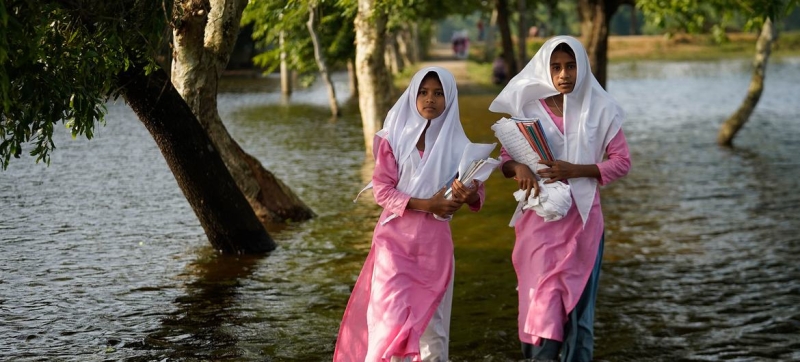
Drowning is often caused by extreme weather conditions such as floods and monsoons. World Drowning Prevention Day: How to Keep People from Dying Health
Drowning is the third leading cause of unintentional injury death in the world, accounting for seven percent of all injury-related deaths. World Drowning Prevention Day, held annually on July 25, is an opportunity to raise awareness of the tragic impact of drowning on families and communities and provide life-saving solutions.
The UN estimates that 236,000 people died from drowning in 2019, making drowning a major public health problem worldwide. The UN notes that estimates may significantly underestimate the real scale of the problem associated with drowning.
According to the World Health Organization (WHO), drowning is one of the top 10 leading causes of death for children and young people aged 1–24 years. More than 90 percent of drowning deaths occur in rivers, lakes, wells, domestic water storage tanks, and swimming pools in low- and middle-income countries. Victims are much more likely to be children and adolescents in rural areas.
Deaths often involve activities of daily living, such as collecting water for domestic use, boating, and fishing. Drowning is also often caused by extreme weather conditions such as floods and monsoons.
The World Health Organization has produced detailed practical guidance on preventing drowning. A number of measures are recommended to save lives. These include installing barriers everywhere to prevent access to water, as well as providing safe environments away from water for pre-school children, such as in nurseries. It is also recommended to teach the population swimming, safety and first aid skills on the water. In addition, WHO notes the importance of observing the rules for the safe operation of boats, boats, ships and ferries, as well as improving the effectiveness of flood risk management.
Read also:
